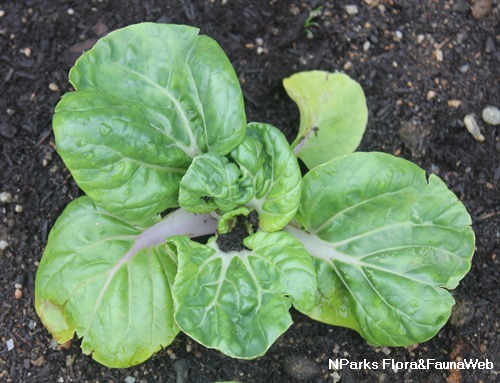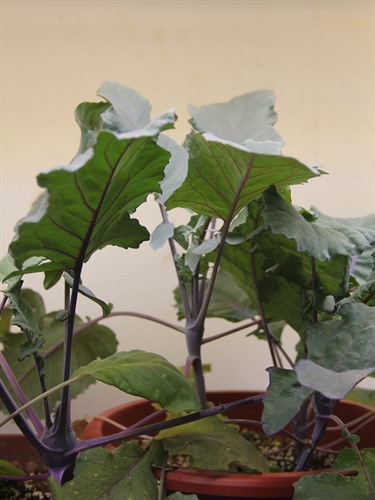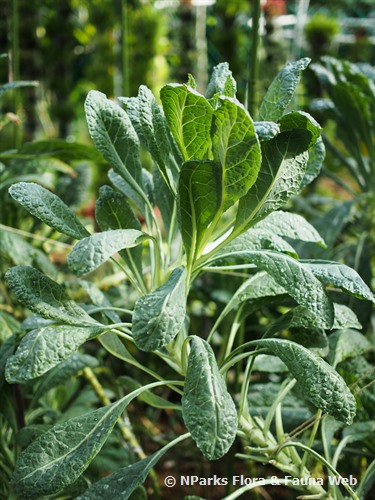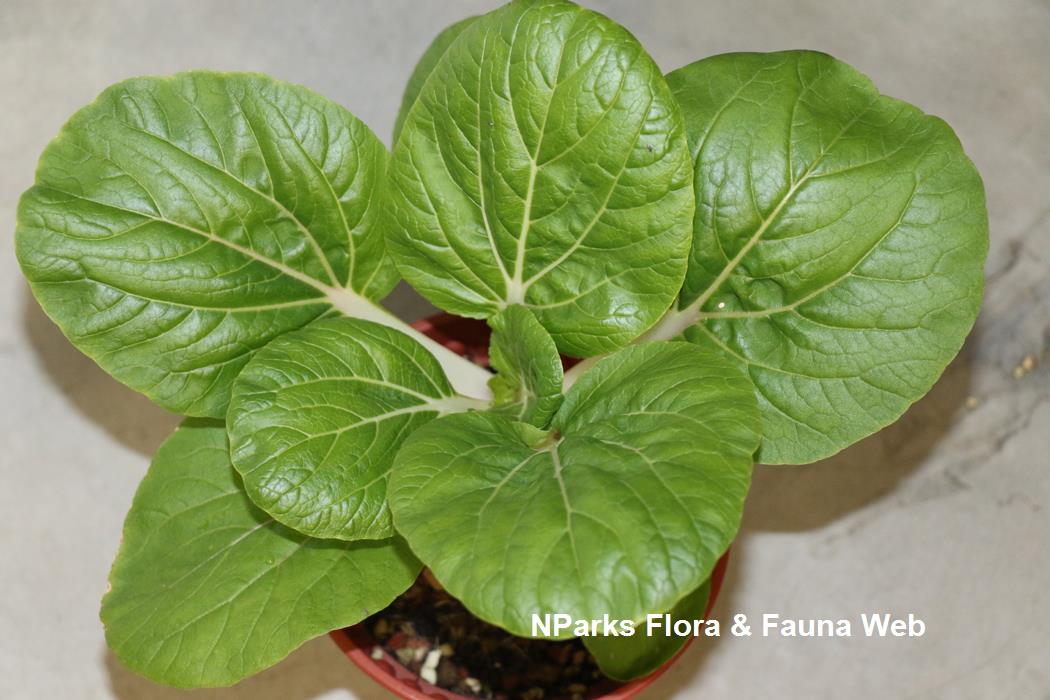
Back
Brassica rapa Pak Choi Group [kow peck chye]
| Family Name: | Brassicaceae (Cruciferae) |
| Common Name: | Kow Peck Chye, 九白菜 |
Name
Classifications and Characteristics
| Plant Division | Angiosperms (Flowering Seed Plants) (Dicotyledon) |
|---|---|
| Plant Growth Form | Herbaceous Plant |
| Lifespan (in Singapore) | Annual |
| Mode of Nutrition | Autotrophic |
| Maximum Height | 0.3 m |
Description and Ethnobotany
| Growth Form | Biennial herb up to 0.3 m tall. |
|---|---|
| Foliage | Leaves are arranged in loose, erect heads. The petiole (leaf stalk) and major veins are white, while the leaf blade is light to medium green. The petiole is 7-10 cm long and 1.5 cm wide and mostly flat with slight curve near the base. The circular leaf blade is about 16 cm in diameter and has a hairless, wrinkled leaf texture. |
| Cultivation | Leaves are more tender when harvested early from fast-growing plants. |
| Ethnobotanical Uses | Edible Plant Parts : Edible Leaves Food (Fruit or Vegetable): The leaves have a mild flavour and crisp, juicy texture and are widely consumed as a cooked vegetable in Asia. They are prepared in many ways, such as stir-frying and boiling, and are fully cooked in a few minutes. |
Plant Care and Propagation
| Light Preference | Full Sun |
|---|---|
| Water Preference | Moderate Water |
| Plant Growth Rate | Fast |
Foliar
| Mature Foliage Colour(s) | Green, White |
|---|---|
| Mature Foliage Texture(s) | Smooth |
| Foliar Type | Simple / Unifoliate |
| Foliar Arrangement Along Stem | Rosulate / Rosette |
| Foliar Attachment to Stem | Petiolate |
| Foliar Shape(s) | Non-Palm Foliage (Orbicular / Round) |
| Foliar Venation | Palmate |
| Foliar Margin | Entire - Wavy / Undulate |
| Foliar Apex - Tip | Rounded |
| Foliar Base | Oblique / Asymmetrical |
Image Repository
Others
| Master ID | 32118 |
|---|---|
| Species ID | 6524 |
| Flora Disclaimer | The information in this website has been compiled from reliable sources, such as reference works on medicinal plants. It is not a substitute for medical advice or treatment and NParks does not purport to provide any medical advice. Readers should always consult his/her physician before using or consuming a plant for medicinal purposes. |

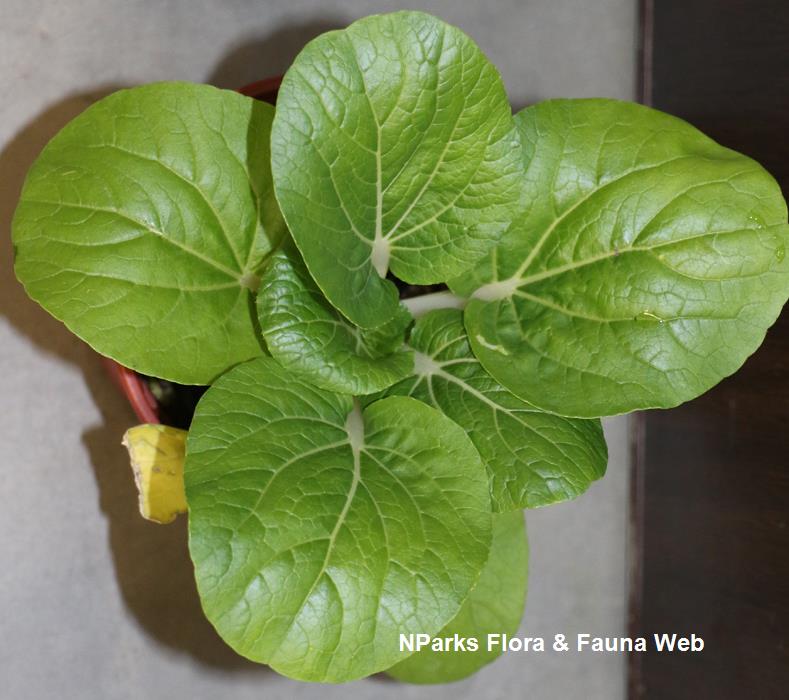
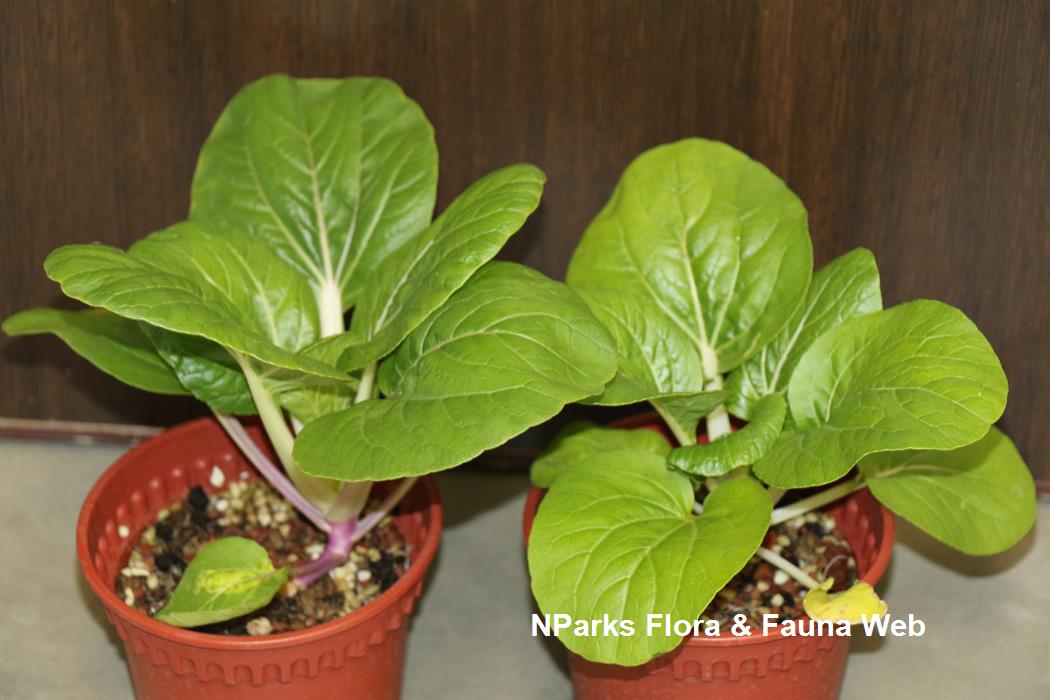
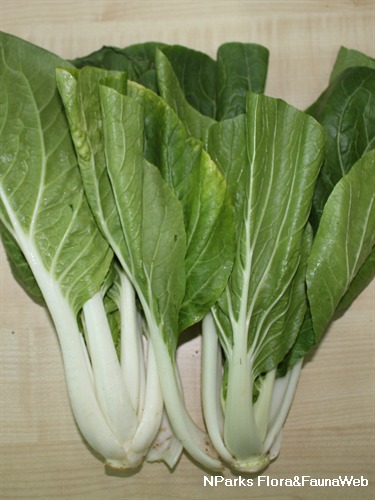
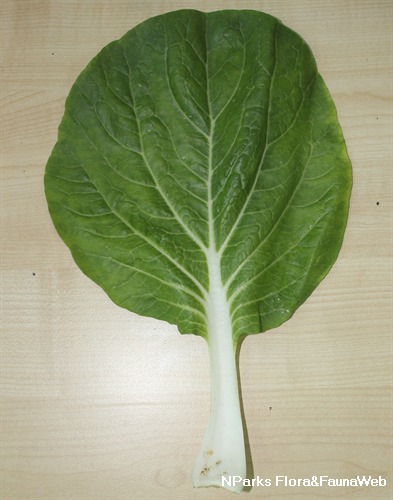
.jpg)
